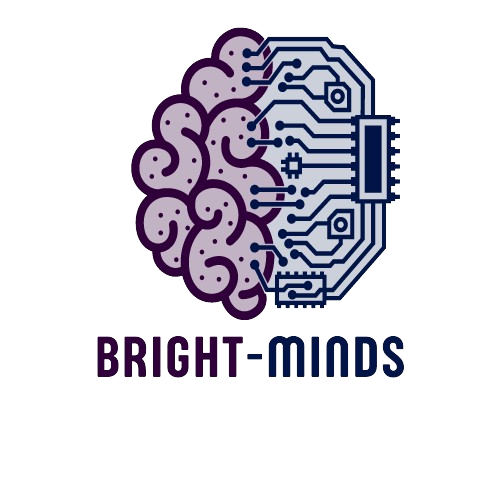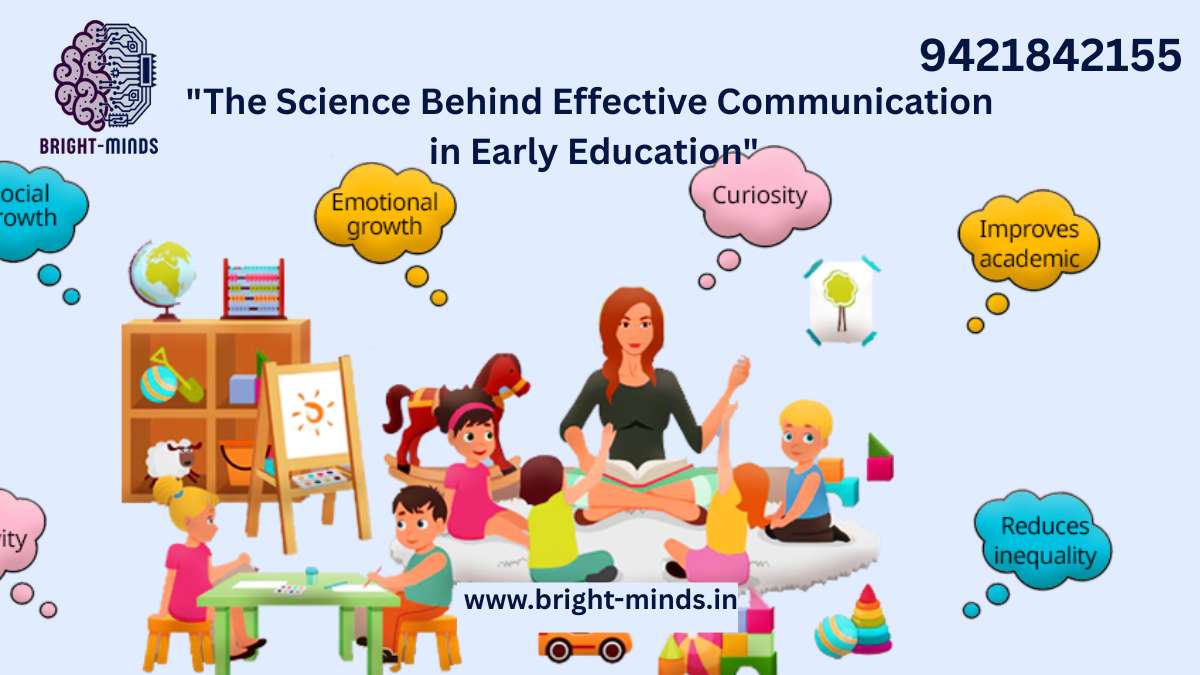Building Brighter Futures, One Conversation at a Time
What’s the secret to raising confident, curious, and capable kids?
The answer may surprise you: it starts with how we talk to them.
From the first babble to the first book, communication is the foundation of early education. It’s not just about what children learn—it’s about how they learn. And understanding the science behind effective communication can help parents, educators, and professionals shape brighter futures, both in and beyond the classroom.
In this blog, we’ll explore:
- The research behind how communication impacts early learning
- Practical tips for improving communication with young learners
- Market and industry trends driving innovation in early education
- How strong communication fosters financial literacy and long-term success
Whether you’re a parent, a company team member, or an education professional, this is your starting point for understanding the power of words—and the science behind using them well.
🧠 The Brain Science of Early Communication
Here’s what we know from neuroscience: the first five years of a child’s life are critical for brain development. During this period, the brain creates millions of neural connections—many of which are directly shaped by communication.
Key Fact:
By age 3, children from language-rich environments hear 30 million more words than those from language-poor environments (Hart & Risley, 1995).
But it’s not just about the quantity of words—it’s about quality conversations. This includes:
- Eye contact
- Back-and-forth exchanges (known as “serve and return”)
- Emotional tone
- Contextual learning (talking during play, reading, daily routines)
Real-World Impact:
Children who experience engaged, responsive communication in early childhood perform better in reading, math, problem-solving, and even emotional regulation later in life.
🎯 Why This Matters: Communication as a Success Predictor
Effective early communication doesn’t just boost literacy—it lays the foundation for financial literacy, emotional intelligence, and lifelong success.
Think about it:
- Children who understand language learn to ask questions, follow instructions, and express needs
- These abilities translate into school readiness, self-advocacy, and eventually, job readiness
In the workforce, we value people who can communicate clearly, think critically, and collaborate. These aren’t just skills—they’re habits formed in the early years.
Bottom line: The way we talk to children today shapes the adults they’ll become tomorrow.
📊 Market Trends & Industry Insights in Early Communication
The early education landscape is evolving—and communication skills are at the heart of it.
🔍 Emerging Trends:
- Tech-Enhanced Learning Tools: AI-powered reading and speech apps are helping kids practice conversation in real-time.
- Multilingual Education: Programs are emphasizing dual-language development, capitalizing on the brain’s natural flexibility in early years.
- SEL Integration: Social-emotional learning (SEL) now includes communication training—teaching children how to recognize emotions and express themselves appropriately.
💼 For Businesses and Teams:
Understanding these trends isn’t just useful for educators—it’s a smart move for companies investing in workforce development and community outreach.
Strong communicators build strong companies. When employees understand the basics of how language develops, they can better:
- Design family-friendly HR programs
- Communicate with clients across literacy levels
- Support early education initiatives in their communities
🛠️ 7 Practical Tips for Better Communication With Young Learners
Whether you’re a parent at home or a leader building educational tools, here are research-backed tips for boosting communication in early education.
1. Talk Through Daily Routines
Narrate what you’re doing while making breakfast, folding laundry, or driving. This builds vocabulary naturally.
“We’re pouring the milk into your cup. The milk is cold!”
2. Pause and Listen
Give children time to respond. Silence may feel uncomfortable, but it encourages participation.
3. Repeat and Expand
If a child says, “Ball,” you can respond, “Yes! That’s a big red ball. It bounces!”
4. Read Together Daily
Reading aloud introduces complex sentence structures and a richer vocabulary than casual speech.
5. Name Emotions
Teach emotional vocabulary early: “You look frustrated. Do you want help?”
6. Ask Open-Ended Questions
Instead of yes/no, try: “What do you think will happen next?” or “How did that make you feel?”
7. Use Positive Reinforcement
Praise effort and curiosity, not just correct answers. This builds confidence and motivation to communicate.
💡 Relatable Example: Communication and Financial Literacy
Imagine a 5-year-old learning the word “save.” She hears it in storybooks, during family budgeting talks, and while playing shop with pretend money.
That one word becomes a building block for understanding delayed gratification, goal-setting, and future planning.
Later, those early conversations evolve into:
- “What’s a budget?”
- “How do I earn money?”
- “What’s the difference between needs and wants?”
Vocabulary is the gateway to financial literacy. And it all starts with the simple act of intentional communication.
💬 The Corporate Connection: Communication in the Workplace
If you’re an employee or company leader, you may wonder—what does early education communication have to do with me?
Here’s how:
✅ Cross-Departmental Benefits:
- Customer Service: Empathy and active listening start with early communication models
- Marketing: Knowing how people learn and process language can shape more impactful messages
- Training: Employees who understand developmental language can better train, lead, and mentor others
Supporting early communication—whether at home or in corporate social responsibility efforts—is a smart investment in the next generation of thinkers, earners, and leaders.
you may be interested in this blog here:-
Unlocking the Magic of Phonics: The Power of Phonics Songs for Kids

